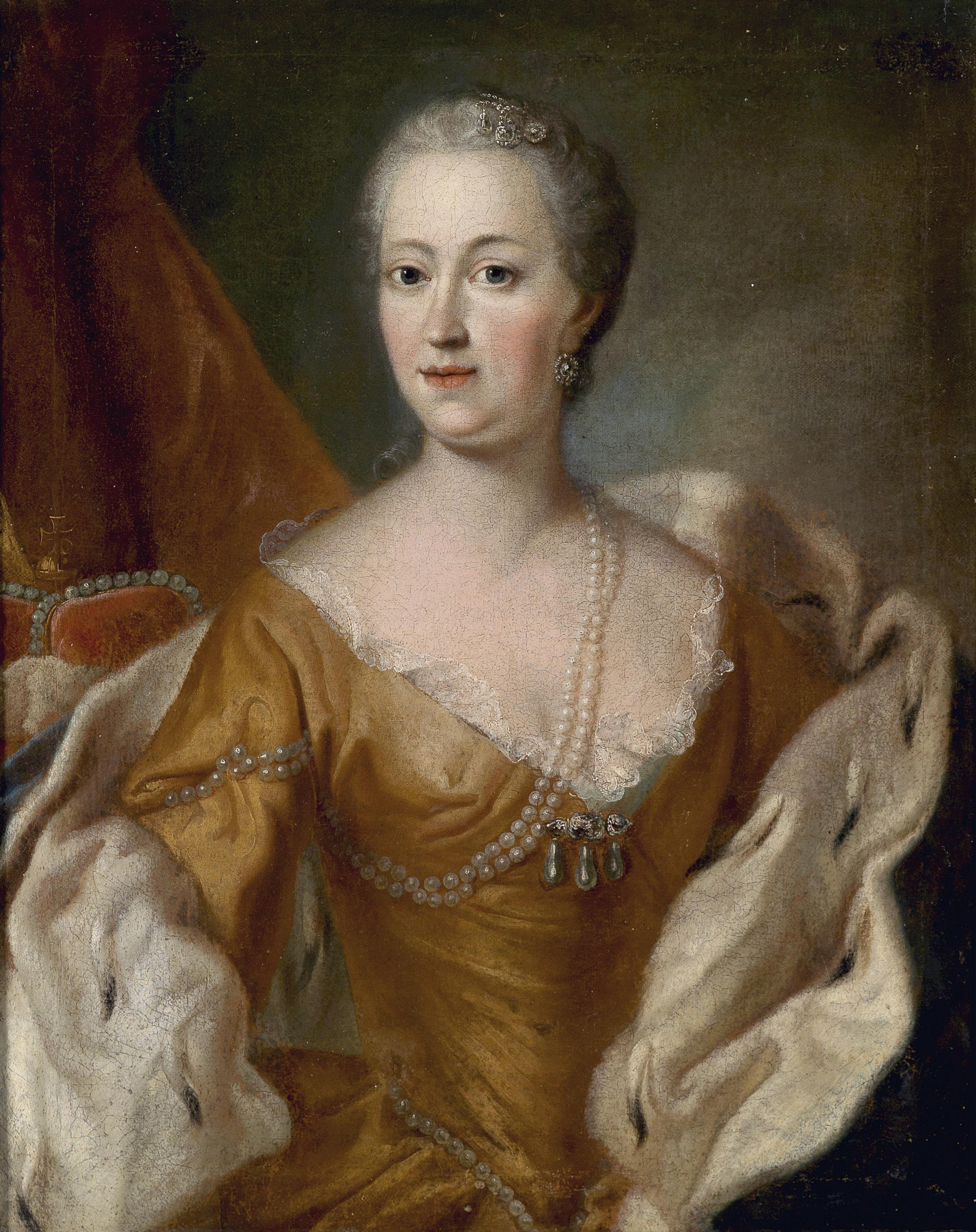

Her co-regency with her son Joseph illustrated for example the conflict between her roles as mother and monarch, as she wrote herself. Unlike her arch-enemy Frederick II of Prussia, the embodiment of virility, Maria Theresa had to combine masculinity and femininity, while playing her three roles of wife, mother and queen, sometimes at the cost of acute tension and failure. In what way was the "monarchy-femininity-maternity" at the heart of female power as embodied by Maria Theresa of Austria? Although she differed from us in her devoutness, she was like us in that she had to juggle the same problems as women in the twenty-first century: being a wife, a mother and having a career. She reigned as an absolute monarch for forty years over one of the largest empires in Europe, while facing a situation familiar to women today: trying to strike a balance between her public and her private life. Maria Theresa of Austria stands out as a major figure in women’s history. Lastly, Queen Victoria never had absolute power, only representative power it was the prime minister who governed. Women who were both regents and mothers had to give up power as soon as their sons were of age to rule. Elizabeth I of England and Catherine II of Russia lived and ruled like men: they did not have to negotiate maternal love, love for a man and the responsibilities of power. Other powerful women in history did not face that triple challenge. Maria Theresa struck me as a unique case: she was an absolute monarch but did not renounce her status as a wife and a mother. Of all the powerful women of the eighteenth century, why did you choose Maria Theresa? Moreover, Émilie du Châtelet complained bitterly that only the domain of knowledge was open to women, not that of power. Furthermore, these new roles were the preserve of women from the privileged classes. In Austria and Prussia, however, women still had a more traditional status. Women began to enjoy these more prominent roles in several European countries, from England to Italy, via France. Others played a leading role in intellectual and social life.

In the eighteenth century, women became mathematicians, astronomers and physicists. Why is the eighteenth century considered the most feminist century before the twentieth? Although Charles VI wanted his eldest daughter to reign, he did not prepare her for the role. Maria Theresa was not brought up to rule, but received the education of a princess, instructed in the arts, languages, theology and ancient history. Although Maria Theresa was destined to reign by law, she was not prepared to rule in practice, because Charles VI still hoped to have a son. His younger son, Charles VI, subsequently betrayed the pact by amending the Pragmatic Sanction to allow his own daughters to take precedence over his nieces. By that act, he authorised succession by females. Without a grandson, the Habsburg emperor Leopold I amended the law of succession so that the daughters of his eldest son Joseph I would be allowed to reign. How did the "Pragmatic Sanction" overturn the original illegality of a female monarch? That idea had its roots in the Bible - where God says to the man "by the sweat of your face you shall eat bread" and to the woman "in pain you shall bring forth children" - and in Greek philosophy, particularly Aristotelian philosophy, in which man represents mind and woman matter. Considered more fragile, a woman’s primary function was to bear children, especially male heirs in the reigning families. The idea that women were incapable of ruling was connected to their supposedly "inferior" intellectual and physical condition. What was the origin of women’s "unfitness" to rule?


 0 kommentar(er)
0 kommentar(er)
